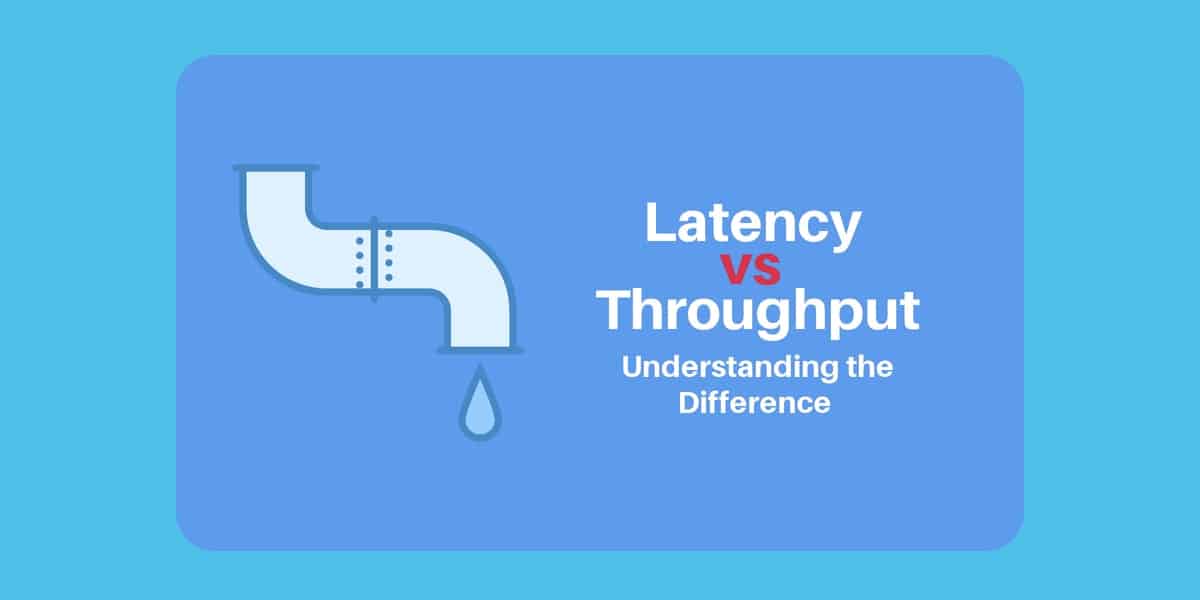Many things go into a real-time communication system. One of them is throughput. A throughput level measures the amount of data flowing through a network at a given time. This type of measurement also involves bandwidth and latency. Both of these things play an essential role in the overall success of any real-time communication system.
Throughput
Throughput is the amount of data a communication network can transfer over some time. It is often measured in bits, bytes, or a combination of both. In the past, throughput was a measure of the effectiveness of large commercial computers. Today, it measures how quickly and reliably a system can process messages.
There are many different benchmarks used to measure throughput. These range from the number of pages views a web server can handle per minute to the number of discrete I/O operations a storage system can perform per second. But what is the difference between these measures?
Both throughput and bandwidth can be confusing. While they indicate the amount of data transferred over a network in a given time, they can be quite different.
The most apparent distinction is that throughput is the number of data packets sent through a communication channel in a specific period. On the other hand, bandwidth is the theoretical maximum amount of data that can be transmitted through a track in a specified time.
Other factors also influence throughput and bandwidth. For instance, traffic can significantly affect throughput, while external interference can degrade bandwidth. Wires and connectors are prone to wear and tear over the years, which can reduce throughput.
Click here – What Are the Inclusions in the Lifeline Free Government Phone Program?
Bandwidth
Bandwidth and latency are a real-time communication network’s two most important metrics. The more bandwidth you have, the quicker data will be moved from source to destination. On the other hand, a lack of bandwidth can cause problems, such as freezing, choppy video, and poor audio quality.
To understand these two essential concepts of network latency and bandwidth, it is necessary to understand their similarities and differences. A high bandwidth means a lot more data, while a high latency makes it harder to connect with other users. This is because the latency will take a more significant proportion of the wait time.
For example, streaming involves downloading content from a server. This requires little input from the player, but the actual playback may be delayed.
In an internet connection, bandwidth measures the amount of data passing through the network at a given moment. It is measured in megabits per second (Mbps) or Gigabits per second (Gbps).
Latency is the time it takes for a data packet to travel from source to destination. It is a much more complex measure than bandwidth but is thought to be the better of the two.
While bandwidth is more of a technical term, it can be misleading. Many people mistakenly assume bandwidth refers to the speed of their Internet connection. Broadband is a better indicator of a network’s capability than speed.
Click here – What Are the Different Types of Lingerie?
Propagation Delay
Propagation delay is one of the most critical performance metrics. It’s the time required to send a signal from the source to its destination. This is usually a function of the speed of light but may vary.
As networks increase in size, propagation delay becomes more prominent. A 200-byte packet of data takes 480 uses (uses) to transmit, including the tpd_sy and tpd_dy delays. The principal contributors are long terrestrial coaxial cable, satellite and radio systems, and digital switches.
As a result, it’s imperative to identify the sources of delay. We need to know the fastest path through a circuit to do this. That’s what Ben Bitdiddle needs to find!
Once we know the fastest path, we can calculate the maximum propagation delay. This is called the tpd for the circuit. We can then calculate the sums of delayed signals. For example, Figure 5 shows the effects of the delays in three different signal bandwidths.
In most cases, a circuit has propagation delays of nanoseconds. These delays are a regular occurrence in electronic circuit design. When an output voltage changes from low to high, the propagation time is denoted as tPLH.
Assuming a single gate, we can calculate the propagation delay by multiplying the gate’s TPD and trace length. We can calculate h(t) directly using the inverse Fourier transform.
Problems Caused by High Latency
High latency in real-time communication can create several problems. The main one is that it can break the flow of conversation. It can also lead to a mismatch of audio and video. In addition, it can lead to downtime, loss of data, and incomplete business processes.
Latency is the time it takes for a request to travel from the sender to the receiver. The round-trip time includes the time it takes to receive, process, and decode a request.
The latency can be considered when an Internet Protocol (IP) network is highly distributed. For example, a two-kilometer distance can have a latency of about five to ten milliseconds. This may be noticeable when you’re watching a video.
However, a longer wait time can cause problems using a VoIP service. Even a few seconds of delay can ruin the UX.
The time required for data to move from one system to another depends on the amount of data sent and received. High bandwidth will give you more data at once. Lower latency means a less delayed response.
As with any other aspect of computer networking, you must be careful when monitoring your system for latency. You can measure your latency with the traceroute command.
While the results will vary, latency measurements will let you know if your system is undergoing bottlenecks. You can remove these bottlenecks by multithreading, tuning, or prefetching.

